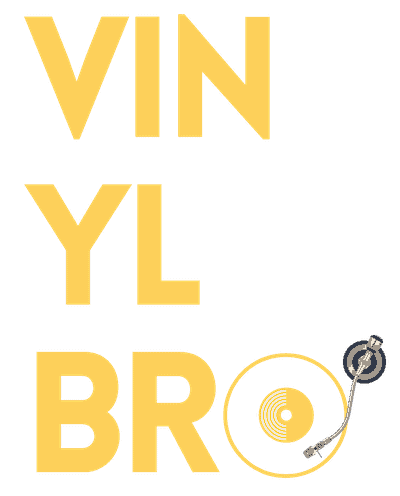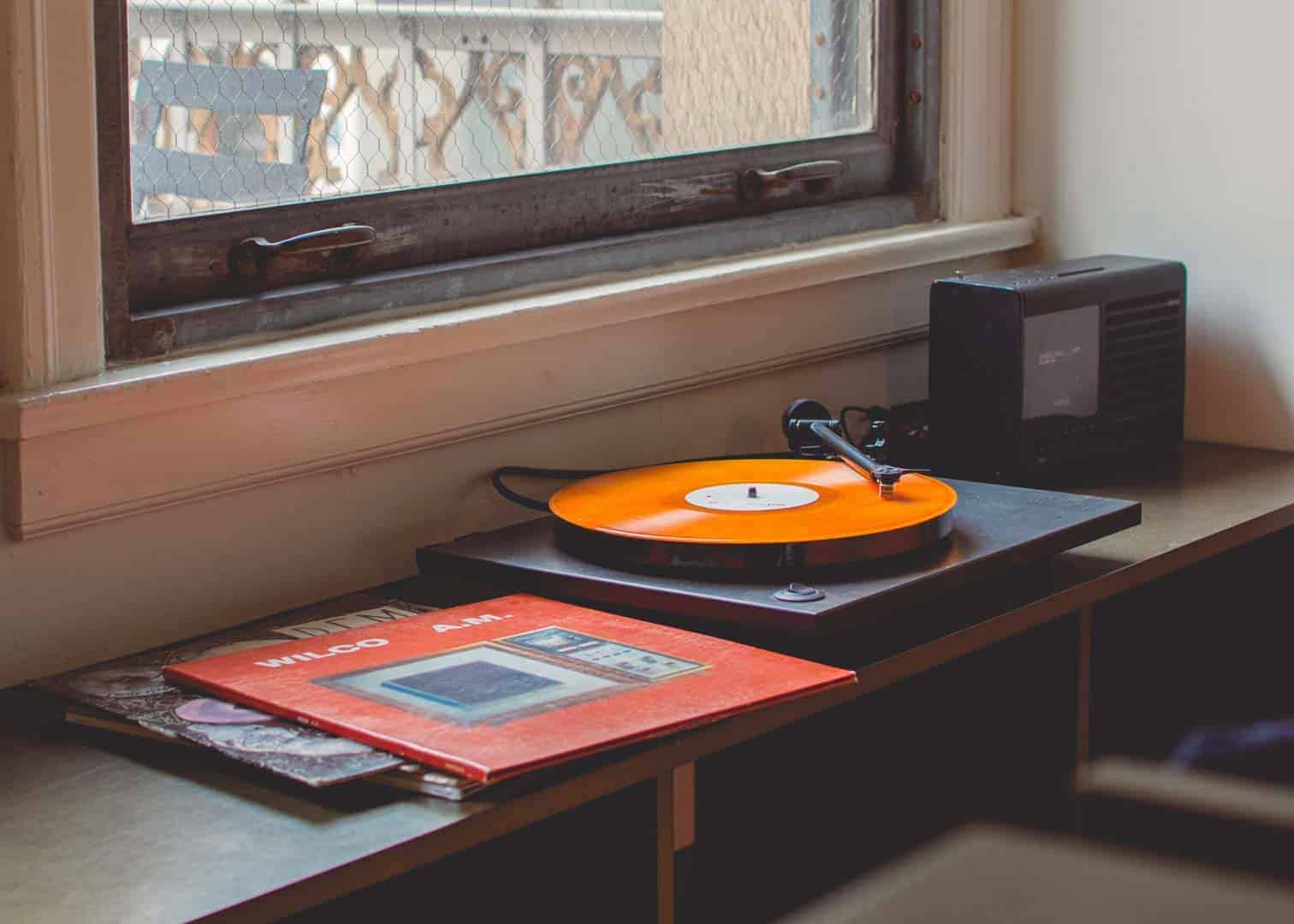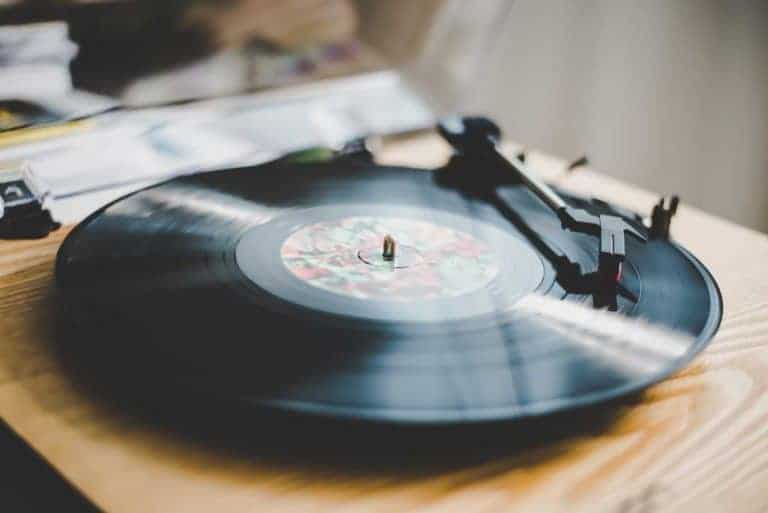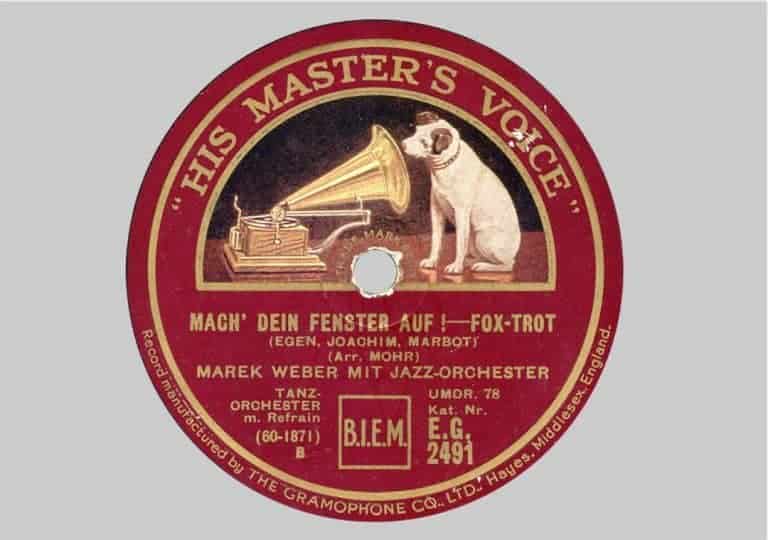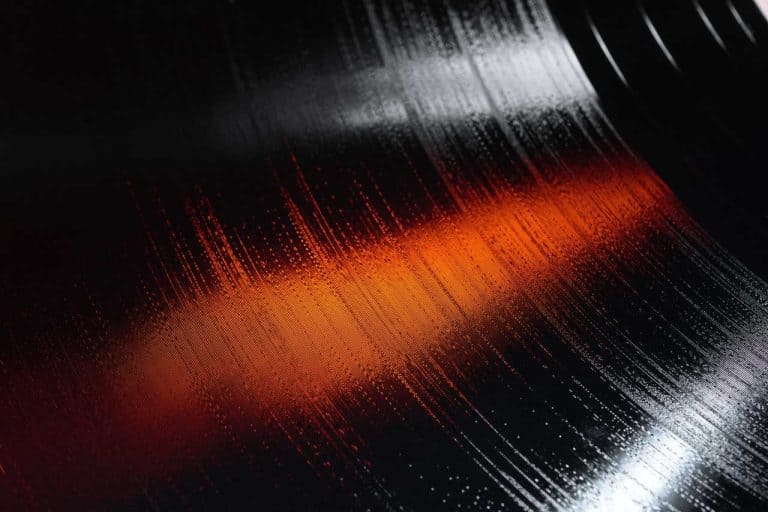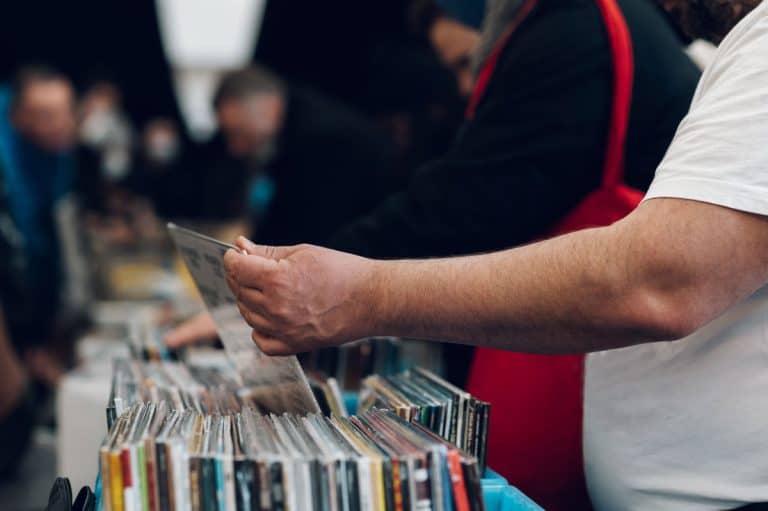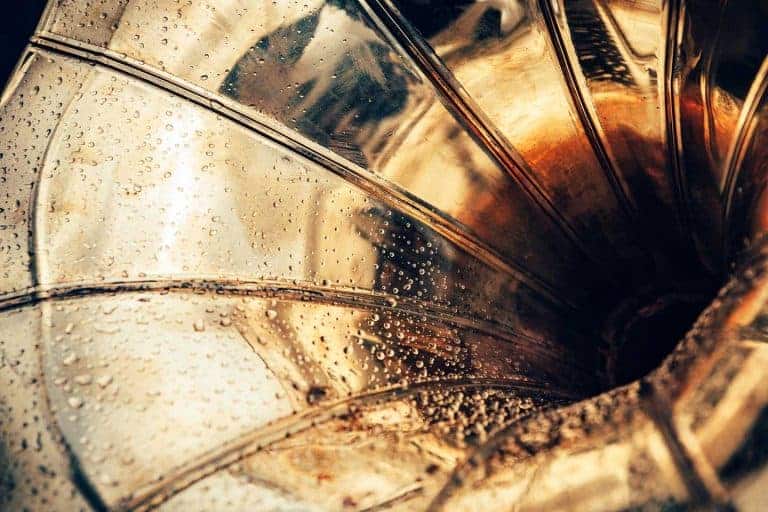What Is A Vinyl Record? Dive into EP, LP, and the Sound of Vinyl
LP, record, EP, 45, vinyl and shellac? If there is one thing in the music and record world that’s confusing, then it’s all the terminology used to describe or say the same thing which is a vinyl record.
So what is a vinyl record? A vinyl record is a disc made from heated polyvinyl chloride that has been pressed thin with grooves that produce sound. A vinyl record is sometimes called a record, vinyl, LP, or 12-inch but all the names are used to describe vinyl records. Vinyl records are highly collectible and considered the best experience for music.
Vinyl records are an interesting part of technology and the advancement of plastics and manufacturing. We are going to explore some more interesting things and common questions asked about vinyl that will tell you more about what a vinyl record is in this article.
Vinyl Records Have A Long History That Start With Sound And Music Recording
The original concept of sound being recorded and played back to you can be dated back to 1877 with a device called the phonograph invented by Thomas Edison. This device however did not play discs like what you and I are used to in a record, but cylinders. In the early stages, Thomas Edison used wax impregnated paper and tinfoil in recording. Fast forward to 1880 when Thomas Edison upgraded his cylinder to hollow wax instead of the foil and basically, the recording and recorded sound market was created.
Recordings on a flat disc did not come until 1889, invented by Emile Berliner. Emile’s system setup was called a gramophone and was hand-cranked with a large horn on top. These discs were commonly made from shellac. When comparing the gramophone to Edison’s phonograph the sound was lacking though through time the quality in manufacturing got better resulting in better recording and sound quality as well. Through the times, the sizes of the discs changed to accommodate longer lengths on the albums.
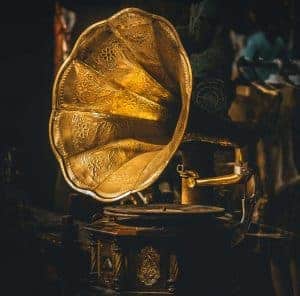
When the 1940s came around, the introduction of polyvinyl chloride hit the market. This vinyl was used to create the modern-day record you see now!
What Are Vinyl Records? Are They Making a Comeback?
Vinyl records are discs made from heated polyvinyl chloride that has been pressed from a master disc, thin with grooves to produce sounds. When the stylus (or needle as some people newer to the hobby call it) from a turntable is applied to the groove of the vinyl while spinning your record it produces vibrations that turn into sound. These are also commonly called vinyl, albums, or records.
These used to be how you listened to music at home. This record technology through time went to the wayside thanks to cds but never went fully away. As we have covered in the past, in recent years vinyl records have made a huge comeback.
What Are Vinyl Records Made Of?
The plastic used for producing a record is polyvinyl chloride. Which is produced from crude oil and chlorine. If Polyvinyl Chloride sounds familiar that is because it is the same thing some plumbing pipes are made of called PVC pipes!
Polyvinyl Chloride in its natural state is clear, which allows for all kinds of great color combinations and choices. The most popular color used in vinyl records color is still black but there are some really awesome color combinations you can get like this Rastafarian themed vinyl or this rainbow colored vinyl. The combinations are really endless and can make for a great collectible experience.
What Are The Different Types Of Vinyl Records?
There are many different types of vinyl records that can vary in material and size and even thickness. They all have their application and use but that is an entirely different article! We will however go over the most common types of vinyl records.
12-inch vinyl records – Considered the standard record and record size. Most commonly used for full LP (long play) albums. Sometimes you will come across a 12-inch record that is just 1 or 2 songs per side and these are usually demos, singles, or used in the DJ world.
7-inch vinyl records – Most commonly used for singles and b sides of albums. Commonly referred to as “45s” which is technically incorrect as a 12-inch vinyl can be a 45 and we even own a few 10-inch vinyl records that are 45 rpm.
33 ⅓ RPM vinyl records – 33 ⅓ RPM is the revolutions per minute the album spins. This is the most common speed used for a 12-inch record.
45 RPM vinyl records – 45 RPM is the revolutions per minute the album spins. This is the most common speed used for a 7-inch record.
From time to time, you will run into the occasional 12-inch record that is 45 rpm and that is ok! Just set the speed on your turntable to the correct speed of 45 and drop the stylus (needle).
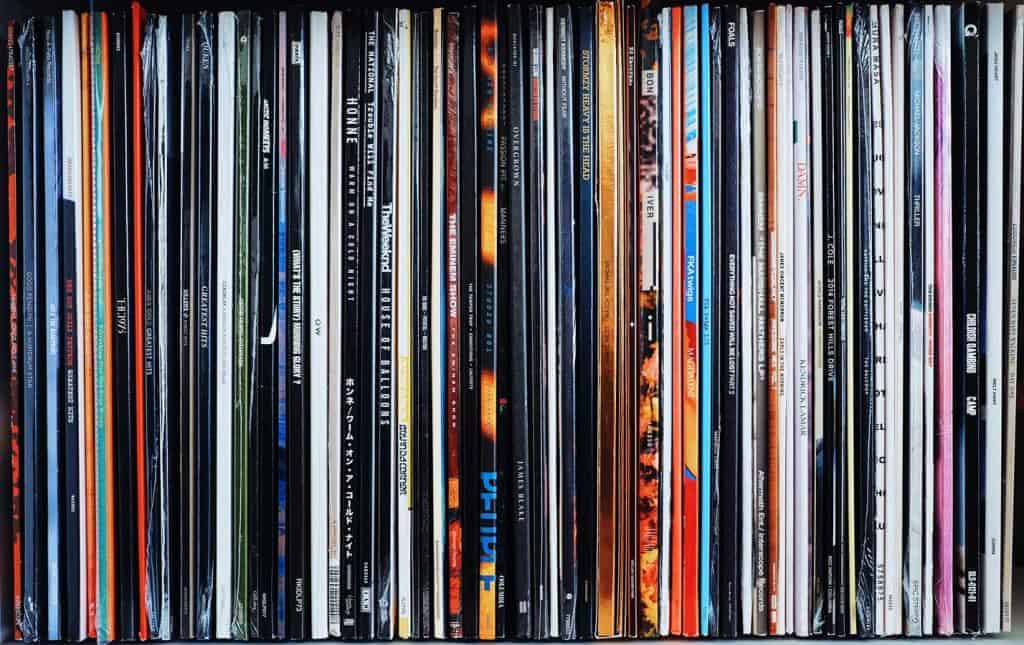
What Is A Vinyl LP? What Are LPs in the Music Industry?
LP album means long play which refers to a full-length record. Vinyl is a word used now interchangeably with record or album. LP technically refers to the length of a record which can be between 10-12 songs. Vinyl refers to the actual object or medium used as a format of playing music similar to a record. This means a vinyl LP is a full-length album pressed on vinyl to create a full-length vinyl record. These are usually pressed on 12-inch vinyl at 33 ⅓ RPM.
Sometimes you will hear of something called a double LP. These are albums that are pressed on two separate full-length LP vinyl records. This can be because an album is more than 10-12 songs or because the artist has chosen to press the vinyl at 45 RPM instead of 33 ⅓ RPM. When an album is pressed at 45 RPM it requires more room on the vinyl record itself.
Conclusion: What’s a Vinyl Record? Phonograph Record?
Vinyl records are a piece of history and a fun item to collect. When you purchase a record you get to hold a piece of time-tested technology, sometimes you get to hold a piece of history and you always get an awesome quality piece of art. A record creates a quality experience for listeners as the stylus glide through the grooves that cannot be replicated. There is just something about a record that draws you in.
To summarize everything, vinyl records are polyvinyl chloride discs with grooves pressed into them that produce sound. They come in various sizes, speeds, colors, sound awesome and are highly collectible.
No matter what you call a record we all buy them to have the experience of physical music at its finest. The sound quality and value of what you get for the money just can not be beaten. If you have not started buying or collecting vinyl yet we highly recommend getting into records. Come join all of the collectors out here!
Frequently Asked Questions
What is a vinyl record?
A vinyl record is a flat disc made of vinyl plastic that contains recorded music. It is often used to play music on a record player.
How does a vinyl record differ from a CD?
Vinyl records are analog, while CDs are digital. Vinyl provides a warmer and more natural sound, while CDs offer clearer audio quality.
Can I play vinyl records on a modern record player?
Yes, modern record players are designed to play vinyl records, making it easy to enjoy the classic sound of vinyl.
What is the difference between an EP and an LP?
An EP, or extended play, typically contains more music than a single, but less than an album. An LP, or long play, usually refers to a full-length album.
Are vinyl records still used today?
Yes, vinyl records have experienced a resurgence in recent years and are now frequently used by both music enthusiasts and artists.
Do vinyl records offer better sound quality than digital music?
Many audiophiles argue that vinyl records provide a warmer and richer sound quality compared to digital formats like CDs and streaming.
How are vinyl records used as promotional items?
Vinyl records are often used as promotional items by record labels, artists, and bands to create a unique and collectible experience for their fans.
What is the significance of the term “record” in music on vinyl?
The term “record” is synonymous with vinyl and is often used to refer to an album or a piece of music recorded on a vinyl disc.
Can I play vinyl records at different speeds?
Yes, vinyl records can be played at different speeds, with the most common options being 33 1/3 RPM and 45 RPM.
Are vinyl records and record players still popular in the digital age?
Despite the prevalence of digital music, vinyl records and record players continue to be popular among music enthusiasts who appreciate the analog sound and the tangible nature of vinyl.
